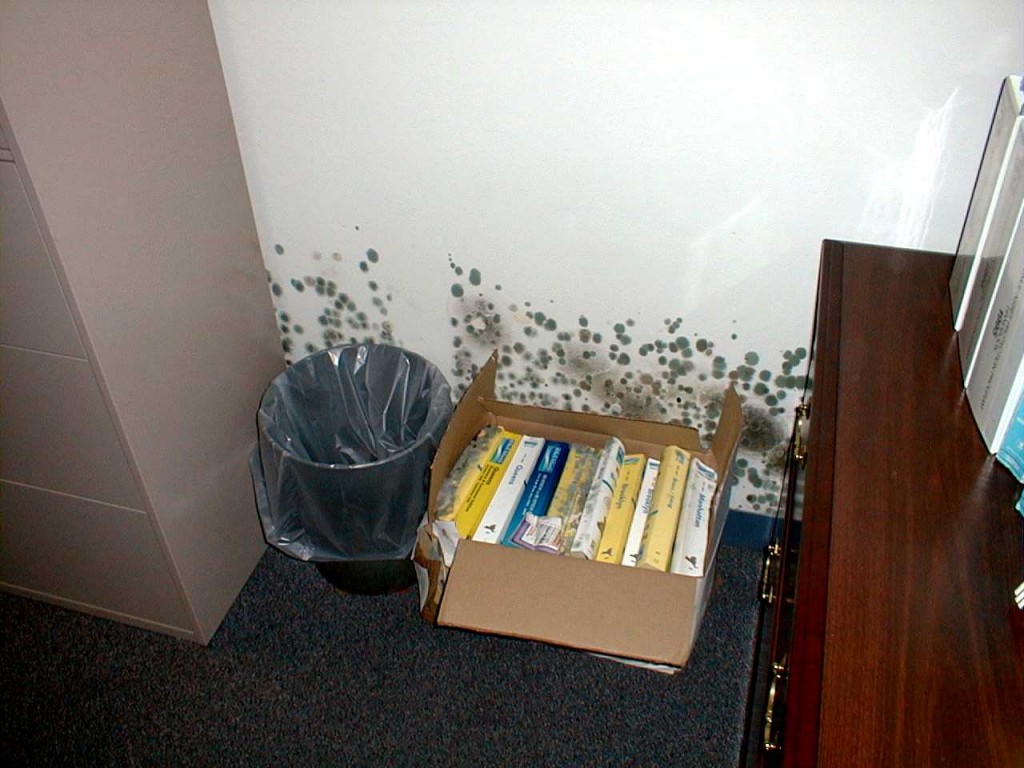Environmental Health and Safety Blog | EHSWire
Topics: health and safety, H&S Training, Compliance, Occupational Health, Occupational Training, Safety Training in Spanish, Swine Flu
Topics: health and safety, H&S Training, Compliance, Swine Flu
Safety Training Amidst the Melting Pot: The Importance of Effective and Understandable Training at the Workplace
Posted by Shivi Kakar
Topics: OSHA, health and safety, General Industry H&S, Construction H&S, H&S Training, Compliance, Occupational Health, Occupational Safety, emergency response training, Occupational Training, Safety Training in Spanish, Confined Space
Topics: OSHA, health and safety, Construction H&S, Emergency Response, H&S Training, Hazardous Waste Management, Hazardous Materials, Compliance, worker safety, Hazard Communication Standard, environmental air monitoring, Occupational Training, Safety Training in Spanish
Mixing the Bomb...The Importance of Following OSHAs Hazard Communication Standard 29 CFR 1910.1200
Posted by Shivi Kakar
Diego Tolosa, CHST
Topics: OSHA, Personal Protective Equipment, health and safety, General Industry H&S, Construction H&S, H&S Training, Hazardous Waste Management, HazCom, Hazardous Materials, Compliance, Occupational Health, Occupational Safety, MSDS, Occupational Training, Safety Training in Spanish
Want a New Facility in Compliance with EHS Regulations and Accepted Practices?
Posted by Shivi Kakar
I recently read an article titled Implementing Safety during Design: a Case Study in the March 2009 edition of AIHA publication, The Synergist. The authors discuss how incorporating safety systems or measures in the design phase of a construction project can result in large cost savings for the overall project budget. Studies have shown that implementing safety during the planning phases of a project, compared with after construction costs, have a 1:10,000 ratio. This equates to $1 pre-construction costs versus $10,000 post-construction abatement. The authors focus on safety concerns following the guidelines established by The Institute for Safety through Design (established in 1995 by the National Safety Council's Business and Industry Division).
As an industrial hygienist, I have often been frustrated when working on remedies for minimizing exposure to chemicals, immediate safety concerns, chemical storage and waste handling concerns after the occupancy of new laboratory facilities. Construction design planners rely heavily on architects that create beautiful layouts, but often fail to incorporate the fire safety, hazardous material handling and life safety issues that are detailed in NFPA 45: Standard on Fire Protection for Laboratories Using Chemicals and NFPA 101: Life Safety Code®. The design planners and architects frequently look to the local fire department or permit authorities to approve the plans. These groups may be well versed in commercial building codes, but often are not experts in the potential hazards present in a laboratory operation. The costs of retrofitting a new facility to meet NFPA guidelines and OSHA standards can be staggering. The take away is to get an EHS professional involved in the upstream design process. Often cost of another expert is discouraged by the planners. Then again, studies (and our experiences) have shown that not getting the right experts at the planning table can be penny wise but pound foolish.
Topics: OSHA, health and safety, General Industry H&S, EPA, H&S Training, Hazardous Materials, Compliance, Occupational Safety, TSCA & R.E.A.C.H., TSCA, Lab Safety & Electrical, Fire Safety, R.E.A.C.H.
Medical Records: Employee Rights & Employer Responsibilities
Posted by Shivi Kakar
Topics: OSHA, health and safety, General Industry H&S, Construction H&S, H&S Training, Compliance, Occupational Health, Mold, Fire Safety, Medical Records
Topics: health and safety, General Industry H&S, Emergency Response, H&S Training, Hazardous Waste Management, Compliance, emergency response training, Medical Records
OSHA Standards: What Training Do You Need To Handle Hazardous Waste?
Posted by Shivi Kakar
The U.S. Department of Labor, Occupational Safety and Health Administration (OSHA) under 29 CFR 1910.120 Hazardous waste operations and emergency response requires workers who work at hazardous waste sites who may be exposed to safety and health hazards1 to receive initial and refresher training from qualified instructors. Initial training must be completed prior to work on hazardous waste sites. The following training discussion follows OSHA guidance in interpreting the standard. OSHA-approved state programs, however, may have differing interpretations or regulations.
Topics: OSHA, health and safety, General Industry H&S, Construction H&S, Emergency Response, H&S Training, Hazardous Waste Management, HazCom, Hazardous Materials, Compliance, Occupational Health, TSCA & R.E.A.C.H., emergency response training, environmental air monitoring, Occupational Training, Safety Training in Spanish








